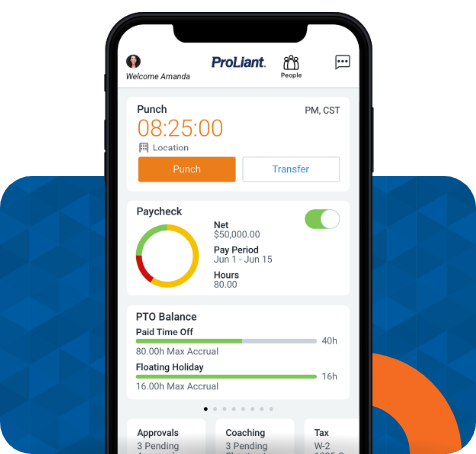As of January 10, 2024, the DOL introduced a final rule regarding the classification of employees and independent contractors. This update, effective March 11, 2024, includes a revised 6-factor test aimed at safeguarding the rights of employees. The assessment is based on a holistic approach, taking into account all factors collectively.
In the new test, it is less likely for a worker to be classified as an independent contractor if they are economically reliant on an employer for work. The six factors considered in the evaluation are as follows:
1. The worker’s opportunity for profit or loss
The factors listed below, among others, play a crucial role in making the determination:
- Whether the worker determines or can meaningfully negotiate the charge or pay for the work provided;
- Whether the worker accepts or declines jobs or chooses the order and/or time in which the jobs are performed;
- Whether the worker engages in marketing, advertising, or other efforts to expand their business or secure more work; and
- Whether the worker makes decisions to hire others, purchase materials and equipment, and/or rent space.
The worker's investment in equipment or materials required for the task
2. The worker's investment in equipment or materials required for the task
The factors listed below, among others, play a crucial role in making the determination:
- Expenses for tools needed for a specific job and expenses enforced by the employer do not signify capital or entrepreneurial investments that establish independent contractor status.
- The emphasis should be on whether the worker makes comparable investments to the employer (even if on a smaller scale) or investments that enable the worker to operate independently within their industry or field.
3. The degree of permanence of the working relationship
- If the work relationship indefinite in duration, continuous, or exclusive of work for other employers; would weigh in favor of the worker being an employee.
- If the work relationship is indefinite in duration, non-exclusive, project-based, or sporadic, based on the worker being in business for themselves and marketing their services or labor to multiple businesses, it would lean towards the worker being classified as an independent contractor.
4. The degree to which the employer controls how the work is done
Factors relevant to the potential employer's control over the worker encompass assessing whether the potential employer:
- Sets the worker's schedule;
- Supervises the performance of the work;
- Explicitly limits the worker's ability to work for others, or places demands or restrictions on workers that do not allow them to work for others or work when they choose;
- Uses technological means to supervise the performance of the work (such as by means of a device or electronically);
- Reserves the right to supervise or discipline workers; or
- Controls economic aspects of the working relationship, such as the prices or rates for services and the marketing of the services or products provided by the worker.
5. The extent to which the service rendered is an integral part of the employer's business
Factors include:
- If the work performed by a worker is critical, necessary, or central to the potential employer's principal business, then this factor indicates that the worker is an employee.
- If the work performed by a worker is not critical, necessary, or central to the potential employer's principal business, then this factor indicates that the worker is an independent contractor.
6. The amount of skill and initiative required for the work
- This factor indicates employee status where the worker does not use specialized skills in performing the work or where the worker is dependent on training from the potential employer to perform the work.
- It is the worker’s use of specialized skills in connection with business-like initiative that indicates that the worker is an independent contractor.
Click here if you'd like to learn more on the final rule.



No Comments Yet
Let us know what you think